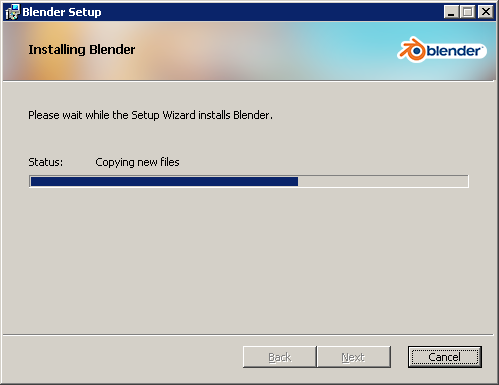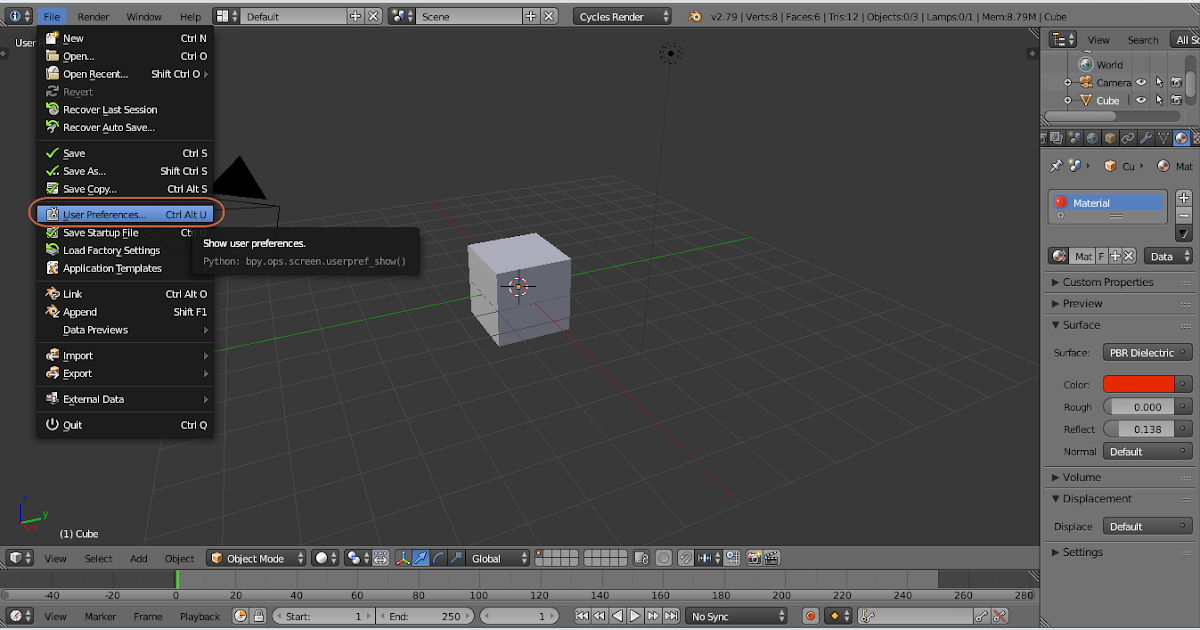

If you want to learn more about the node wrangler and shortcuts, you can read here.Įxternal content: Blender manual, node wrangler Power sequencerįor those of you looking for a free open-source video editor you can stop looking. Also, now you can directly connect any node output to the material output node surface input to preview the result and Blender is smart enough to figure out that you want to view the output even if the output socket isn't a green shader output. If you didn't know though, the viewer node is just an emission shader with default settings. Press Ctrl+Shift and click a node to add a viewer node to it to see its output.Ĭontinue clicking while holding Ctrl+Shift to cycle through the outputs. The most used feature of this add-on is probably to add a viewer node so that you can quickly view any output of any node. Node wrangle add a lot of handy shortcuts you can use to quickly make common node connections or add common node combinations.įor instance, you can select a texture node or image texture node and press Ctrl+T to add a texture coordinate and a mapping node correctly connected to it. No matter how much experience you have with shader nodes in Blender, the node wrangler add-on is a must have, and it also comes bundled with Blender. Related content: Blender F2 Addon Tutorial Node wrangler

One of the first articles and videos I made for artisticrender was on the F2 add-on.

You can, for example, have the added geometry still in the active move tool and place it manually or you can have it stick to exactly the opposite side of your selection. In 2.80 and later there are some extra settings in the add-ons section in your preferences. That is one of the fill tools in Blender.įor instance, it allows you to fill with less geometry selected and it uses your mouse position to determine the direction to fill. It enhances the features of the F hotkey. The F2 add-on is the bare minimum to have for any 3D modeler that use Blender.


 0 kommentar(er)
0 kommentar(er)
